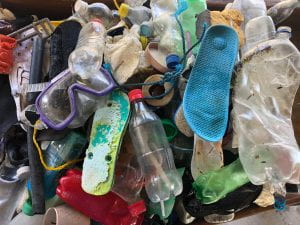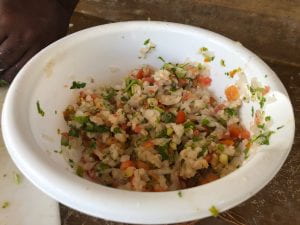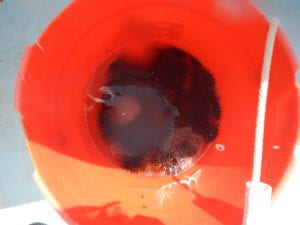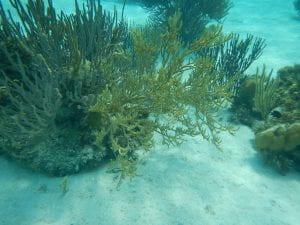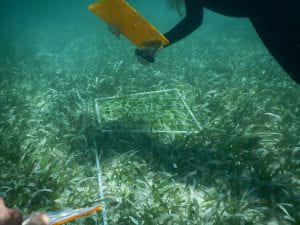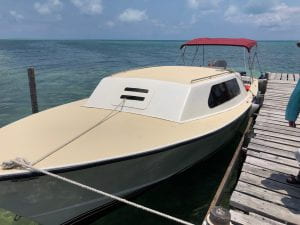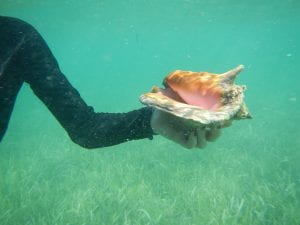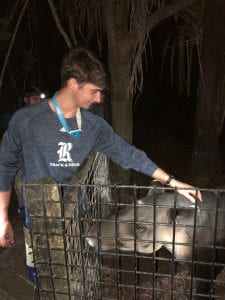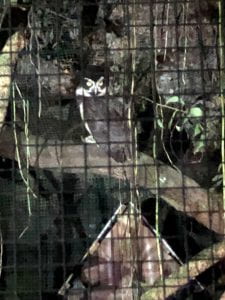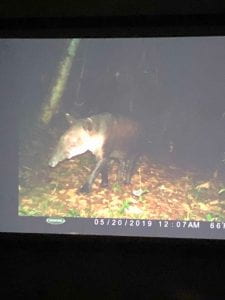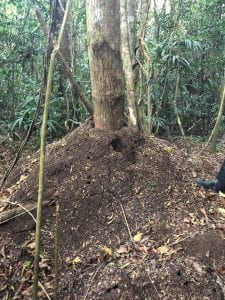Some of my favorite pictures:
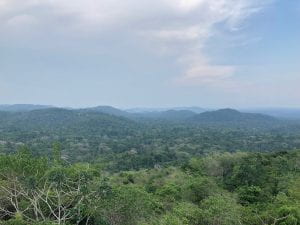
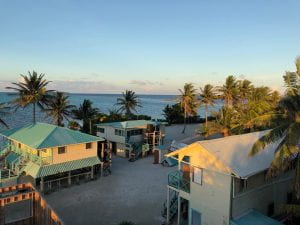
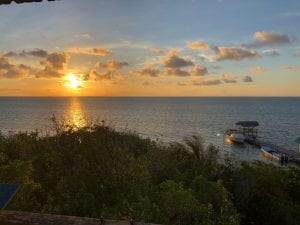
Outside of the fact that both the reef and the rainforest are two of the most biologically diverse ecosystems on the planet, another similarity is that they both exist in nutrient-poor areas and depend on effective nutrient cycling in order to thrive. Additionally, both ecosystems are nitrogen limited. One difference is that invasive species in the reef are much more destructive than in the rainforest. These two areas are likely so biologically diverse due to their effective nutrient cycling which allows for enough energy transfer to support an incredible amount of species abundance and richness.
My personal observations regarding the similarities and differences between both the reef and rainforest were that at both I was able to find my taxon relatively quickly; however, at the reef, it was much easier to identify them because I could get much closer. It seemed that I was also able to much more easily identify damage to the reef (trash, etc.) than the rainforest. The rainforest seemed healthier.
This course greatly exceeded my expectations. For one, I didn’t think they we would see anywhere near the number of species we did, and I had no idea we would get to traverse through a place as amazing as the A.T.M. Cave. Also, the research stations were gorgeous and weren’t as unlivable as I thought they would be. My favorite part of the course was finding out that we had gotten a Tapir on camera trap, and my least favorite was getting seasick on the way back from the Forereef and feeling off for two days.
The most important things I learned in the course are that these ecosystems are in danger and that it is up to us to help them, that Belize is a country which truly cares for its natural resources and does everything it can to protect them, and I was surprised by both the immense amount of trash we found on the island we were staying on as well as the commonality of poaching in both the reef and rainforest. Overall, the trip was fantastic and I won’t be forgetting it anytime soon!!
Rainforest Taxa Seen: Keel-Billed Toucan, Plumbeous Kite, Vultures, Scarlet Macaw, Pauraque, Parrots, Social Flycatcher, Montezuma Oropendola, Spectacled Owl, Pygmy Owl, Barn Owl, Mottled Owl, Chachalaca, Curassow, and the Melodious Blackbird
Reef Taxa Seen: Reef Urchin, West Indian Sea Egg, Long-Spined Urchin, Brittle Stars, Red Heart Urchin, Slate Pencil Urchin, and the Donkey Dung Sea Cucumber


